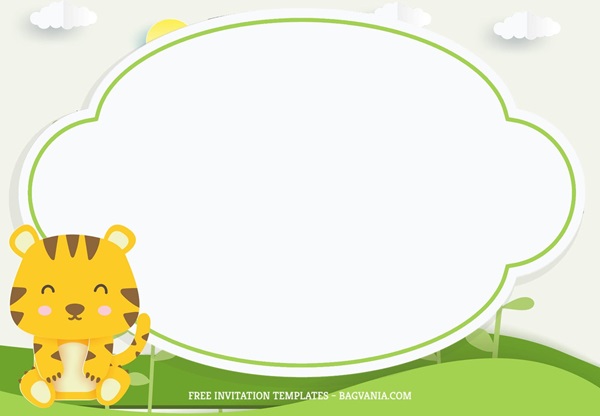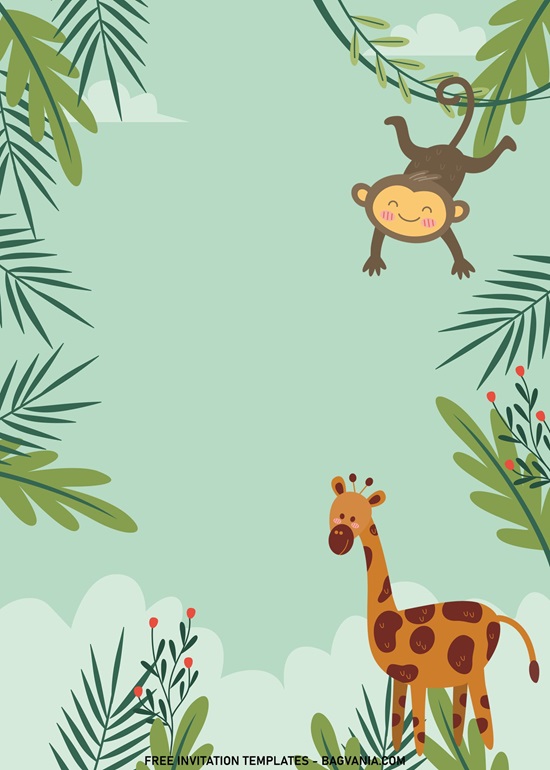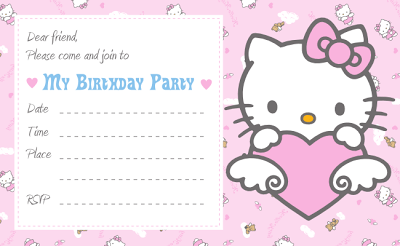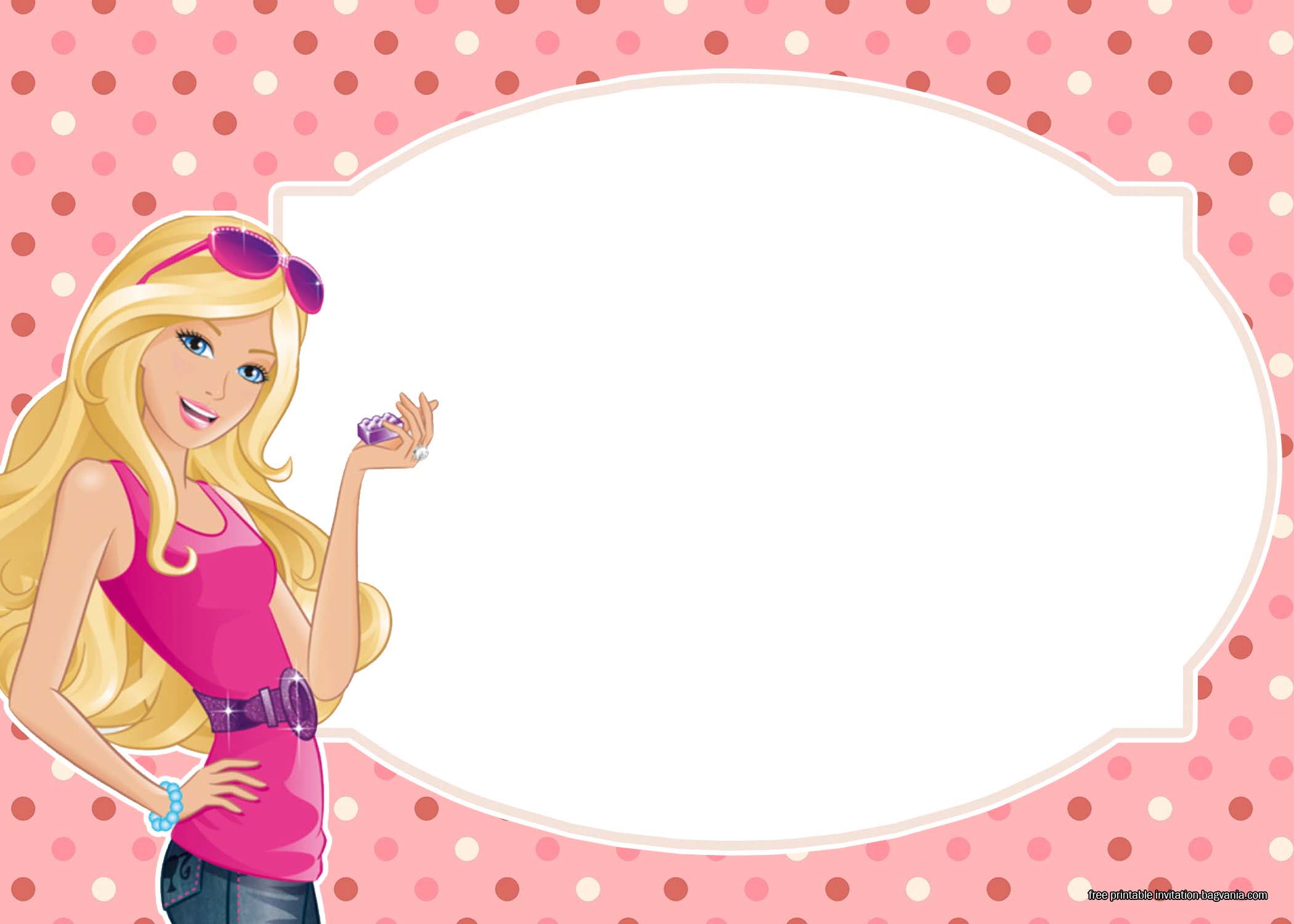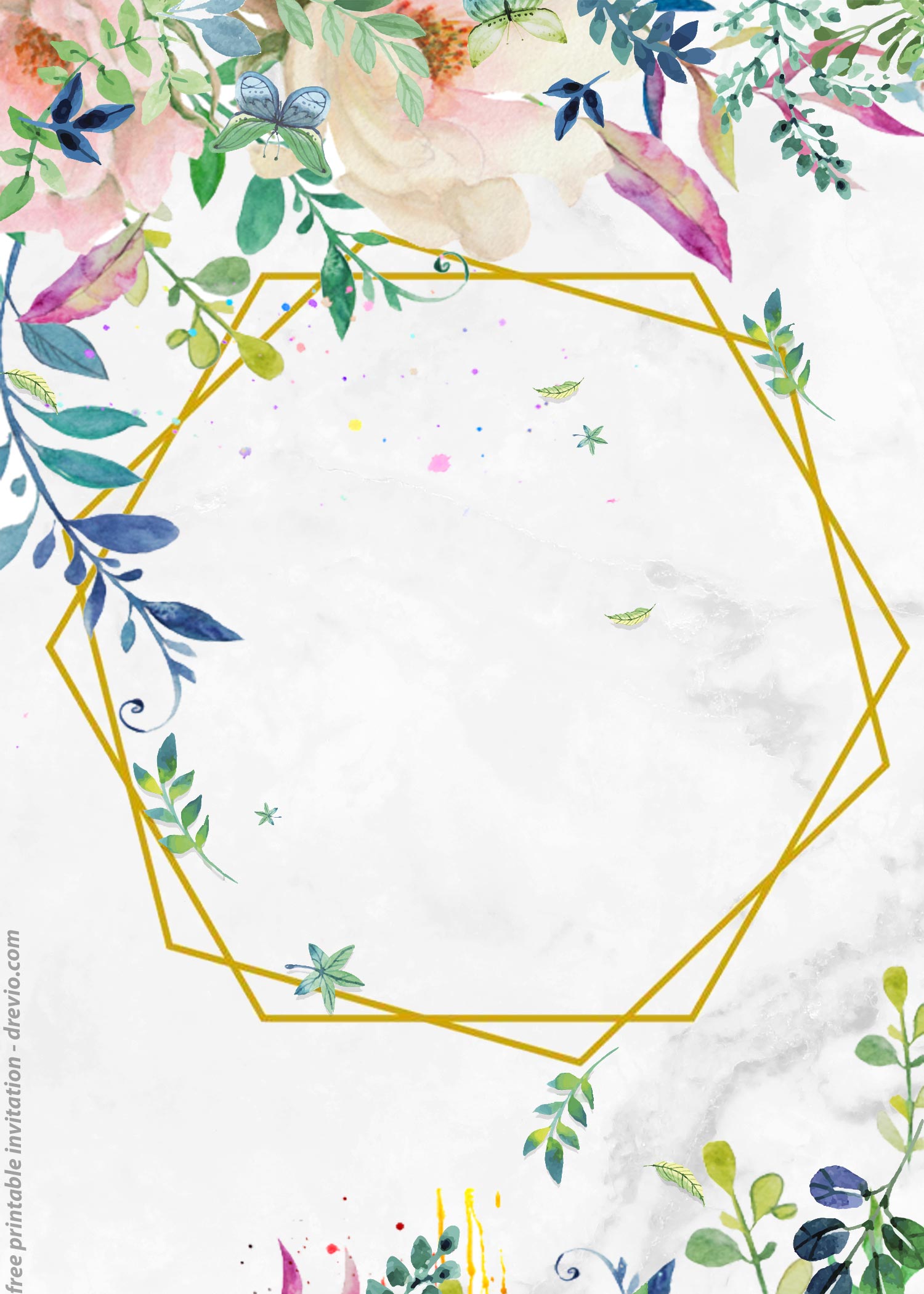Measuring activities are a fantastic way to introduce children to the concept of size, length, and comparison, all while fostering critical thinking and problem-solving skills. Whether it’s using a ruler to measure the length of a pencil or comparing the height of blocks, these hands-on activities make learning math engaging and relatable. Measuring worksheets provide a structured approach to practicing these skills, combining fun visuals and real-world scenarios to capture young learners’ attention. Best of all, these activities can be easily adapted for group settings, turning them into collaborative and interactive experiences that promote teamwork and social skills.
In this article we will go through a few things, such as the benefits of measuring activities, how to get started and how to tailor it to different age groups. We will also point you to some great websites with amazing resources that you can download. If you are thinking about making this a group activity, there are also some tips for you and some invitation templates. So, let’s get started!
Benefits of Measuring Activities
A lot of times, we get our children to do all sorts of different activities to keep them occupied. But some activities can have a lot of benefits for their cognitive development, especially when the activities are properly catered to their age group. Here are some key benefits of measuring activities for your little ones:
1. Builds Foundational Math Skills
Measuring activities help children grasp fundamental math concepts like units, length, height, and volume. By learning to measure and compare objects, children gain a deeper understanding of numerical relationships and quantities, which serves as a foundation for more advanced math topics such as geometry and algebra. These skills are not only academic but also essential for everyday problem-solving.
2. Enhances Problem-Solving and Critical Thinking
When measuring, children are often tasked with estimating, comparing, and determining solutions to real-world problems. For example, they might need to figure out how much longer one item is compared to another or how to fit a series of objects into a defined space. These challenges encourage logical reasoning, critical thinking, and the ability to approach tasks systematically.
3. Improves Fine Motor Skills
Using measuring tools like rulers, measuring tapes, or even non-standard tools such as blocks requires precision and coordination. As children practice aligning tools correctly and marking measurements, they develop their fine motor skills, which are important for writing, drawing, and other detailed tasks.
4. Develops Spatial Awareness
Measuring activities give children a hands-on way to understand spatial relationships, such as the distance between objects, the size of items in their environment, or how different dimensions relate to each other. This enhanced spatial awareness helps in areas like map reading, construction, and even playing sports, where understanding space and movement is essential.
5. Encourages Practical Application
One of the greatest benefits of measuring activities is their relevance to real life. Children can see how measurement is applied in everyday scenarios like cooking recipes, crafting projects, or building structures. This practical connection not only reinforces learning but also shows kids the value of math in the world around them.
6. Promotes Creativity
Measuring doesn’t have to be limited to standard tools and methods—it can be a fun, imaginative experience. Children can measure objects with their own “units,” like the length of their feet or hands, or participate in challenges like finding the tallest structure they can build. These creative tasks inspire exploration and make learning enjoyable, sparking curiosity and innovation.
How to Get Started
1. Introduce the Concept
Begin by explaining what measurement is and why it’s important. Use simple, relatable examples, such as measuring the height of a plant or the length of a crayon, to show how measurement applies to everyday life.
2. Choose Appropriate Tools
Select tools based on the child’s age and skill level. Younger children can start with non-standard tools like blocks, paperclips, or their own hands and feet. Older children can use rulers, measuring tapes, or scales to practice using standard units like inches, centimeters, or grams.
3. Start with Simple Tasks
Ease into measuring by asking children to compare objects: Which is taller? Which is longer? As they gain confidence, introduce actual measurements, such as measuring the length of a book or the width of a table. If you need some guidance and worksheets for size comparison activities, head to Comparing Sizes: Fun Activity for Children Ages 3 to 5.
4. Use Worksheets and Guides
Provide measuring activity worksheets with fun themes, such as measuring animals, toys, or everyday objects. Worksheets can include activities like estimating measurements, comparing lengths, or solving puzzles using measurements.
To help you get started here are some amazing measuring activities worksheets that you can try with your little ones. If you are doing this activity with young children and wanting to start with non-standard measuring, you can head to 15 Worksheets. Their worksheets are really great to introduce children to the concepts of measuring lengths and heights of various every day items.


Another great worksheet is from Semesta Ibu, where your children can try to measure the heights of different plants by shading or coloring the square units on its left. This a simple, yet effective way to introduce children to the concept of measuring.

If your children are ready to use standardized measuring tools and units, then you should head to Worksheets Clipart Library or you can also try this worksheet from 15 Worksheet where your children can learn to “Measure with a Scale” You can cut the provided scale from the worksheet or use a real ruler!


Lastly, don’t forget to celebrate every little success. Praise children for their efforts and progress, whether they estimate correctly, use a tool accurately, or simply try something new. Positive reinforcement keeps them motivated and excited to learn more about measurement.
By starting with simple tasks and gradually introducing more complexity, children can build their measurement skills in a fun and supportive environment.
Making It a Group Activity
When measuring activities are done in groups, they encourage collaboration and teamwork. Children must communicate effectively to decide on methods, share tools, or compare results. These interactions help develop social skills such as listening, negotiating, and sharing responsibilities, which are vital for cooperative learning. Here’s how to make these activities engaging for a group:
Conclusion
Measuring activities are a wonderful way to engage children in hands-on learning while building essential math, critical thinking, and teamwork skills. By incorporating tools, fun challenges, and creative scenarios, these activities not only teach practical concepts but also make learning enjoyable and memorable. Whether done individually or as a group, measuring fosters curiosity and a deeper understanding of the world around us.
Inviting others to join in these activities adds a social element, encouraging collaboration and communication. With the right setup, measuring can transform into a fun group experience that leaves children excited about math and problem-solving. By making it interactive, creative, and rewarding, you can turn simple measurements into moments of discovery and joy.

